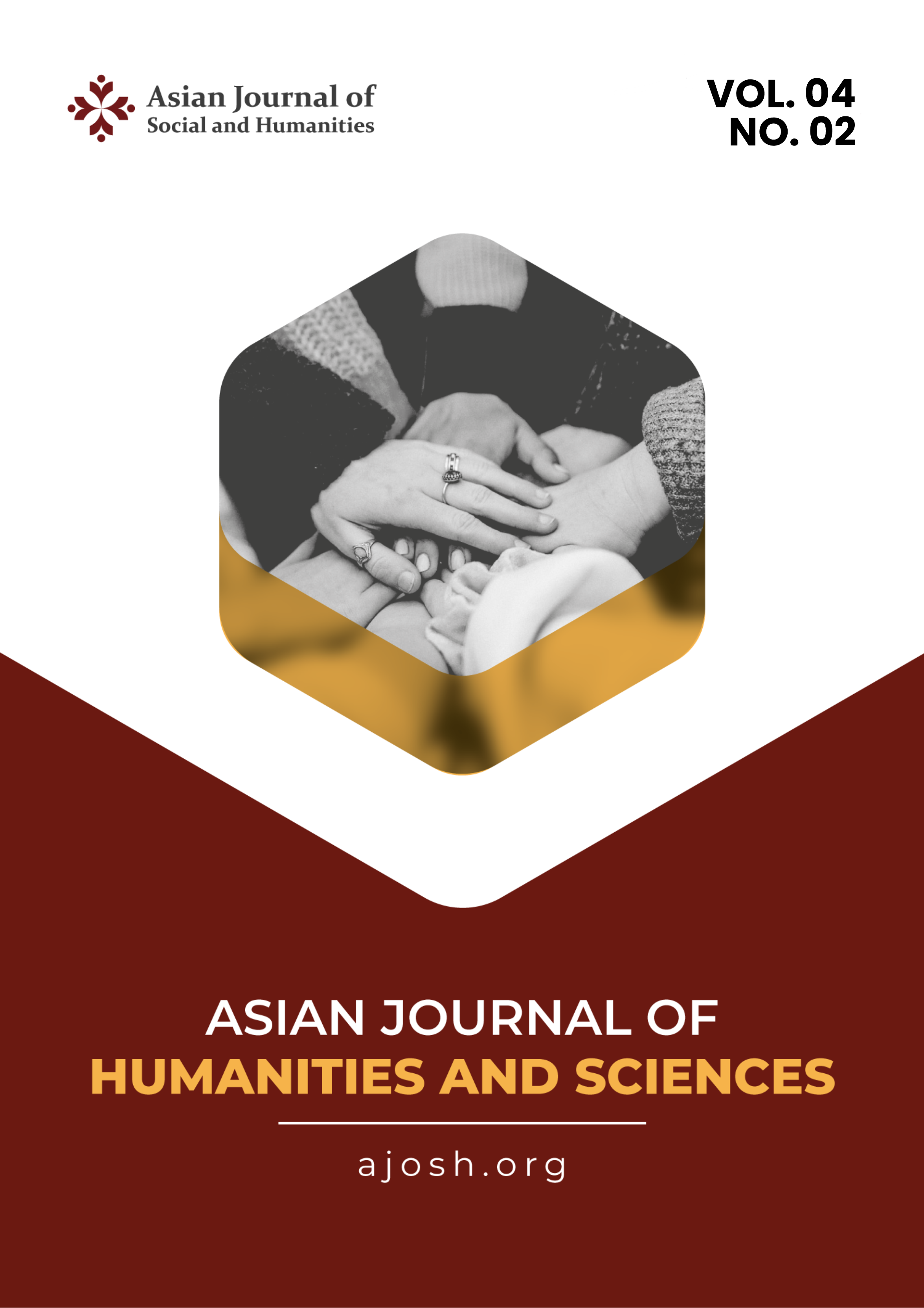Russia’s Political Narratives in a Tale of Vanya and Mykola Animation
DOI:
https://doi.org/10.59888/ygwfqp96Keywords:
Animation; , political narratives; , Rusia; , UkrainaAbstract
This article analyzes an animation titled A Tale of Vanya and Mykola, which was released during Russia’s military invasion of Ukraine in 2022. Specifically, this article examines the political narratives constructed by Russia to legitimize the invasion. Based on Roland Barthes’ Semiotic Theory and Steven Lukes’ concept of power, this study identifies symbols, signs, and visuals that function as ideological control conveyed by Russia to a global audience. The study found that Russia articulates three main political narratives, namely: the historical closeness between Russia and Ukraine, the ideological division caused by external intervention, and global injustice. Through these three political narratives, Russia seeks to resist Western discourse hegemony while justifying the invasion of Ukraine as a defensive and moral act. This study concludes that A Tale of Vanya and Mykola is rich in ideological and political meanings and serves as an instrument of ideological hegemony to control public perception.
References
-
Downloads
Published
Issue
Section
License
Copyright (c) 2025 Putu Titah Kawitri Resen

This work is licensed under a Creative Commons Attribution-ShareAlike 4.0 International License.
Authors who publish with this journal agree to the following terms:
- Authors retain copyright and grant the journal right of first publication with the work simultaneously licensed under a Creative Commons Attribution-ShareAlike 4.0 International. that allows others to share the work with an acknowledgement of the work's authorship and initial publication in this journal.
- Authors are able to enter into separate, additional contractual arrangements for the non-exclusive distribution of the journal's published version of the work (e.g., post it to an institutional repository or publish it in a book), with an acknowledgement of its initial publication in this journal.
- Authors are permitted and encouraged to post their work online (e.g., in institutional repositories or on their website) prior to and during the submission process, as it can lead to productive exchanges, as well as earlier and greater citation of published work.










